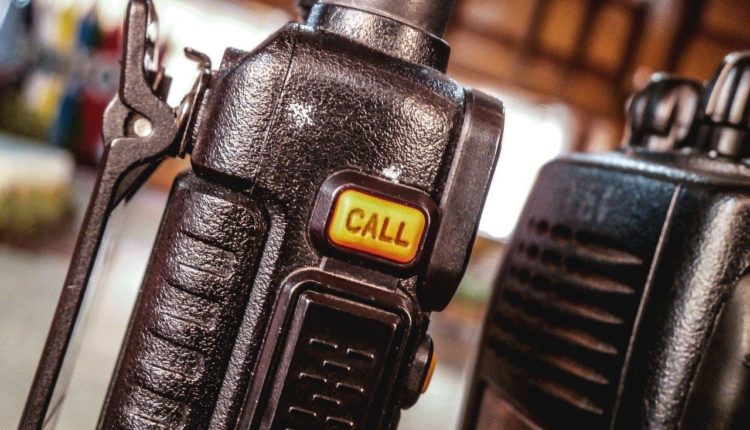NIST Awards $2.99M to Commercialize DHS S&T-Developed Interoperable Public Safety Communications System – Homeland Security Today
The U.S. Department of Commerce National Institute of Standards and Technology (NIST) awarded $2,988,950 in a new round of funding for new interoperable communication systems for public safety. Initially funded by the Department of Homeland Security (DHS) Science and Technology Directorate (S&T), through its Small Business Innovation and Research (SBIR) program, Catalyst Communications Technologies of Forest, Virginia, was provided this Phase III SBIR award for commercialization of its interoperable communications solution.
S&T previously provided Phase I and Phase II SBIR funding to Catalyst to develop interworking solutions for land mobile radio (LMR) and long-term evolution (LTE) communication systems for public safety. Catalyst established a roadmap for effective interworking during Phase I and is just now concluding Phase II work building prototypes for a variety of LMR systems and a public safety-grade dispatch console that seamlessly supports both LMR and LTE.
The Phase III award from NIST will allow Catalyst to continue the work begun at S&T in 2018 to commercialize a standards-compliant solution that will permit new mission-critical push-to-talk (MCPTT) applications on LTE mobile phones to communicate with both existing subscribers of public safety LMRs and dispatchers.
“First responders rely on interoperable communication tools to make life-saving decisions. S&T’s partnership with Catalyst, and soon their continued work with NIST, are steps toward ensuring that public safety using MCPTT apps on LTE devices can seamlessly communicate with counterparts on their LMRs,” said S&T Program Manager Norman Speicher. “The last thing they should have to consider when responding to an incident is whether they are able to reach out to fellow responders—that should be a given.”
NIST’s Public Safety Communications Research (PSCR) Division provided the funding under the Middle Class Tax Relief and Job Creation Act of 2012. This award is part of PSCR’s three-pronged approach to improving LMR to broadband (LTE/5G) capabilities and providing them to first responders. This SBIR effort represents a Radio over Internet Protocol/bridging systems interface technology approach; the other two efforts support Project 25 Radio 3rd Generation Partnership Project (3GPP) Interworking Function development and the creation of software-defined radio capabilities to bridge broadband with legacy LMR systems.
“Commercialization is a key priority for NIST and the Department of Commerce,” said PSCR Division Chief Dereck Orr. “This SBIR effort not only provides public safety with another capability to bridge their existing mission critical voice systems with new broadband systems, but it also represents a significant investment in a small American company to put innovative products in the marketplace.”
Finding interoperable communication solutions for public safety is a priority issue for S&T. Multiple vendors have developed communication tools between LMR and LTE platforms for public safety. Trying to communicate among multiple LMR systems from different vendors during public safety events has often created barriers to effective first responder emergency response. S&T’s Office of Mission and Capability Support and the Office for Interoperability and Compatibility Technology Center have been working to achieve interoperability with partners like Catalyst.
The S&T, Catalyst and NIST collaboration is a step closer to implementing and standardizing an interface to successfully enable interoperable MCPTT networks over both LMR and LTE. These efforts will help ensure that LMR, LTE and the next generations of communication technology enable first responders to connect instantly and effectively.
(Visited 142 times, 9 visits today)


Comments are closed.